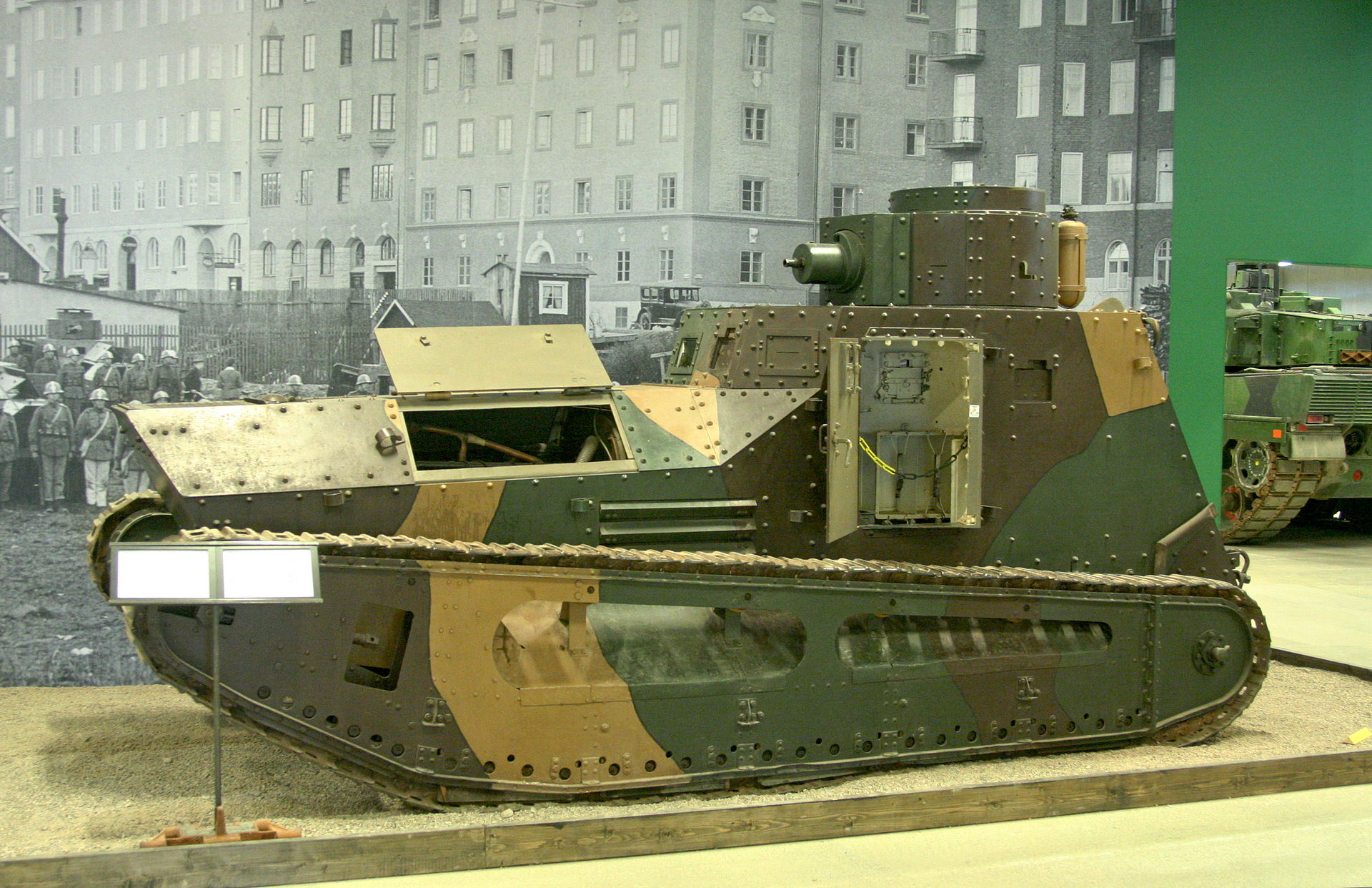
Their slow speed made them relatively easy targets for artillery. Engine fumes and flammable materials could turn them into a death-trap in an instant. They were dark, noisy, furiously hot and cramped. The British had rushed it into service before engineers had ironed out teething problems, and many of the tanks broke down due to mechanical issues. The war on the Western Front had been characterised by sudden offensives, as one side tried to break through the other’s lines with massive artillery bombardments followed by tens of thousands of men attacking via no-man’s land.īut the Mark I had its limitations. Since the end of 1914, the German and Anglo-French armies had faced each other across trench networks in virtual stalemate. They helped turn the tide on the Western Front, but this did not happen overnight.

There is only room for two people inside them.īut they are remarkably effective. Compared to the giant, lumbering British tanks that have been used with mixed results for the past 18 months, these are tiny. The German Empire faces starvation and defeat.Īs the French units at Retz try to resist the onslaught, they are joined by reinforcements. Those back at home are suffering shortages of fuel and food. It is the last year of World War One, and the Germans are desperately trying to beat the Western Allies.Ī British blockade is crippling the German economy. On, the German army launches a sudden attack near the Forest of Retz near Ploisy in the north-east of France.


 0 kommentar(er)
0 kommentar(er)
